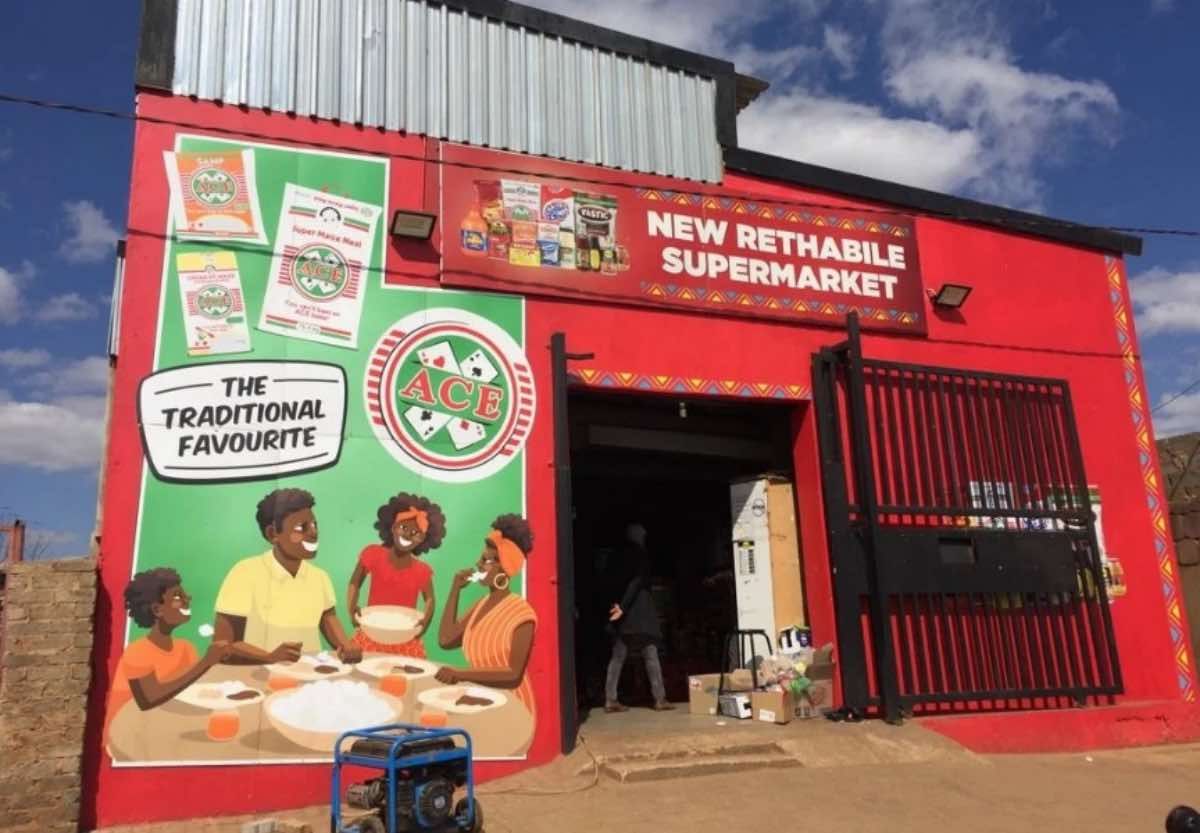As dawn breaks over South Africa’s industrial heartlands, a gathering economic storm threatens to undo two decades of trade progress. The nation now faces its most severe commercial crisis since the end of apartheid, caught between punishing new US tariffs and the imminent threat of exclusion from the African Growth and Opportunity Act (AGOA) – twin blows that could erase tens of thousands of jobs, cripple key industries, and destabilise the nation’s fragile economic recovery.
AGOA: The Lifeline Now Fraying
Since its implementation in 2001, AGOA has served as South Africa’s economic anchor, granting duty-free access for 6,800 product categories to the world’s largest consumer market. The numbers tell a compelling story:
- $8.3 billion in South African exports to the U.S. in 2024
- 62% increase in bilateral trade since AGOA’s inception
- 20% of current exports benefit directly from preferential terms
The program’s genius lay in its breadth – while initially designed to boost African commodities, it evolved to support value-added industries. Today, automotive components account for 28% of AGOA-facilitated trade, followed by agricultural products (19%) and manufactured goods (15%).
The Gathering Storm: Tariffs Take Aim
The Trump administration’s proposed 25% tariff on auto imports – slated for implementation in Q3 2024 – strikes at the heart of South Africa’s most sophisticated export sector. Consider the domino effect:
- Automotive Apocalypse
- $2.1 billion industry supporting 110,000 direct jobs
- BMW’s Rosslyn plant (100,000 vehicles/year) exports 70% to the U.S.
- Ford’s Silverton Assembly faces possible 30% production cuts
- Agricultural Armageddon
- Citrus: 35,000 jobs at risk across Limpopo and Eastern Cape
- Wine: 18% of Cape vineyards’ revenue tied to U.S. exports
- Macadamia nuts: 45% price disadvantage expected vs. Kenyan competitors
Textiles: The Social Time Bomb
In Durban’s industrial zones, the looming crisis takes human form. The textile sector – employing 85,000 workers (72% women) – faces existential threats:
- 400 SMEs are vulnerable to immediate closure
- KwaZulu-Natal’s clothing factories could see a 60% output reduction
- Ripple effect: Each textile job supports 3.5 dependents in township economies
By the Numbers: The Coming Cataclysm
New modelling from Stellenbosch University’s Bureau for Economic Research paints a grim picture:
| Sector | Job Losses | Export Decline | Regional Impact |
|---|---|---|---|
| Automotive | 48,000 | $1.2bn | Gauteng recession likely |
| Agriculture | 62,000 | $670m | Western Cape unemployment +5.2% |
| Textiles | 28,000 | $310m | KZN social grants could surge 18% |
The National Treasury’s 0.07% GDP estimate appears dangerously optimistic when considering:
- Banking sector exposure: $4.8bn in vulnerable business loans
- Municipal revenues: 14% derived from export-dependent industries
- Social costs: Each 1% unemployment rise links to 1,400 additional TB cases
Diplomatic Quagmire and Alternatives
While Pretoria talks of diversifying to BRICS markets, reality bites:
- China’s citrus tariffs average 32%
- EU’s new Carbon Border Tax disadvantages South African metals
- Russia’s promised markets remain largely theoretical
The National Agricultural Marketing Council’s shock study reveals:
“Even successful diversification would take 5-7 years – time South Africa doesn’t have. Immediate AGOA loss could trigger R48bn capital flight.”
The Human Face of Crisis
In the Eastern Cape’s Sundays River Valley, citrus packer Nomsa Dlamini, 42, voices a common fear: “If America closes, my children won’t eat. There are no other jobs here.” Her story echoes across:
- Automotive hubs where suppliers operate on 2-week order books
- Wine farms facing possible 40% price cuts
- Townships where textile factory closures could collapse entire local economies
Pathways Through the Storm
Economic analysts suggest emergency measures:
- Sectoral Rescue Plans
- Automotive: Wage subsidy program to maintain 60% workforce
- Agriculture: Emergency cold storage financing to target Middle East markets
- Trade Policy Triage
- Fast-tracked EU-SACU negotiations
- Bilateral deal with UK on auto parts
- Social Safeguards
- Expanded public works programs in vulnerable regions
- Retraining partnerships with German auto giants
The Bottom Line
With the US Congress set to review AGOA eligibility in November 2024, South Africa faces its economic Dunkirk. The numbers don’t lie – without immediate, coordinated action, the coming months could see:
- R150bn in lost economic activity
- 8% surge in national poverty rates
- Possible credit rating downgrade as export revenues collapse
As Finance Minister Enoch Godongwana recently warned Parliament: “This isn’t just about trade statistics. It’s about whether South Africa remains an industrial economy or becomes another cautionary tale.” The countdown to economic reckoning has begun.














